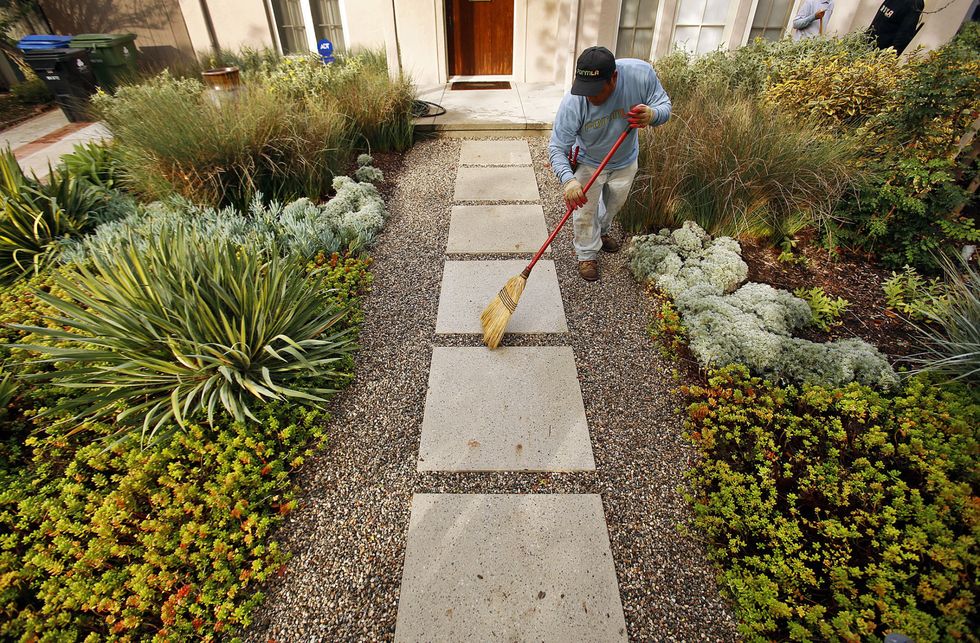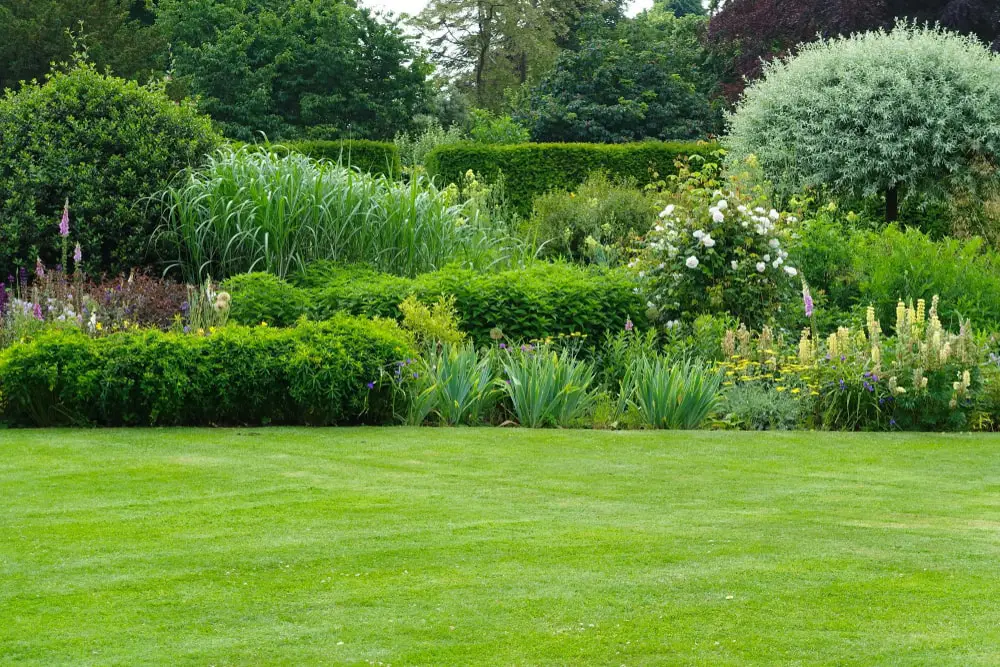A Comprehensive Guide to Designing and Implementing Effective Landscape Design Solutions
The art and science of landscape design extend past plain visual appeals; they entail a thoughtful combination of layout concepts, ecological stewardship, and useful execution. What approaches can one utilize to make certain these landscapes not only thrive however also flourish in harmony with their environments?

Comprehending Landscape Style Concepts
One might question what foundational elements add to reliable landscape style. At its core, successful landscape layout hinges on a number of crucial concepts that guide the arrangement and selection of aspects within a space. These concepts consist of unity, rhythm, balance, and percentage, each offering to create an unified outside atmosphere.
Unity describes the natural partnership amongst different elements, making certain that they interact aesthetically and functionally. Balance can be attained with unbalanced or balanced setups, permitting the landscape to feel secure and welcoming. Proportion involves recognizing the range of elements in relationship to each various other and the surrounding environment, promoting visual harmony and convenience.

Analyzing Your Outdoor Area
Prior to executing the concepts of landscape layout, a comprehensive analysis of your outside area is essential. This first assessment aids specify the extent of your landscape design project and guarantees that your design straightens with the distinct features of your building. Begin by evaluating the dimensions of your room, taking specific dimensions to understand the readily available area for different elements such as yards, paths, and patio areas.
Following, observe the existing functions of your landscape, consisting of topography, dirt quality, and drain patterns. These elements significantly influence plant option and positioning. Additionally, analyze the sunshine exposure across various areas throughout the day, as this will certainly impact the sorts of plants that prosper in your garden.
Consider the microclimates created by structures, trees, and various other barriers, as they can impact temperature level and dampness levels. Lastly, take note of any kind of existing plants or hardscape components that you desire to remove or preserve. This extensive assessment prepares for a educated and reliable landscaping option, ensuring that your design is not only cosmetically pleasing however also practical and sustainable for many years to find.
Sustainable Landscape Design Techniques
These methods not just advertise ecological balance however additionally enhance the useful and visual value of a landscape. Executing effective watering systems, such as drip irrigation, minimizes water waste and makes sure that plants receive ample dampness (Palm Desert Landscaping).

Another reliable method is the strategic placement of hedges and trees to provide natural windbreaks and shade, hence decreasing next power costs (Palm Desert Landscaping). Rain gardens can be integrated into the landscape style to handle stormwater runoff successfully, filtering system contaminants before they go into waterways
Selecting the Right Plants
Selecting the right plants for your landscape is critical to attaining both aesthetic charm and eco-friendly consistency. The process begins with an understanding of your regional environment, soil conditions, and the details microenvironments within your landscape. Evaluating factors such as sunlight direct exposure, moisture levels, and existing flora will assist you select plants that grow in your one-of-a-kind setup.
Consider integrating native plants, as they are well-adapted to local conditions, call for much less upkeep, and support regional wildlife. Furthermore, choosing a diverse variety of varieties can boost biodiversity while decreasing the risk of illness and pest break outs. It is necessary to evaluate the growth practices, growing durations, and seasonal shades of prospective plants to produce a vibrant and cohesive landscape.
Additionally, think of the intended use the area; for circumstances, if the location will certainly experience high foot traffic, choose resilient ground covers. By thoughtfully picking plants that line up with both your aesthetic goals and environmental requirements, you can produce a sustainable landscape that not just improves your residential or commercial property however additionally adds favorably to the surrounding community.

Implementation and Maintenance Strategies
When the right plants have actually been chosen for your landscape, the emphasis changes to effective application and continuous upkeep approaches. Successful setup begins with appropriate website prep work, that includes soil testing to identify nutrient levels and pH, followed by changing the soil as needed. Thoroughly organize plants according to their growth behaviors and light requirements, guaranteeing appropriate spacing to advertise healthy and balanced development.
Watering is a critical element of implementation. Establish a watering timetable that takes into consideration the certain demands of each plant varieties, readjusting for seasonal modifications. Using drip description watering systems can boost water efficiency and reduce runoff.
Upkeep approaches have to be applied to guarantee the longevity and vitality of your landscape. Regular jobs consist of weeding, mulching, and trimming to manage growth and prevent disease. Fertilizing needs to be performed based on soil examinations, offering the needed nutrients without over-fertilizing.
Checking for illness and pests is essential; early discovery can stop considerable damage. Last but not least, seasonal changes to maintenance routines, such as preparing and winterizing perennials for springtime growth, will certainly make sure that your landscape remains visually enticing and healthy year-round.
Verdict
Successful application and continuous upkeep further guarantee the durability and vigor of landscapes. By integrating these elements, landscapes can be transformed into beautiful, useful atmospheres that advertise biodiversity and add positively to neighborhood wellness.
One could question what sites fundamental components add to reliable landscape design. At its core, successful landscape design hinges on several key principles that guide the arrangement and option of elements within an area.Choosing the right plants for your landscape is vital to accomplishing both aesthetic allure and eco-friendly consistency. It is crucial to review the growth routines, flowering periods, and seasonal colors of potential plants to develop a natural and vibrant landscape.
Once the right plants have actually been picked for your landscape, the emphasis moves to effective implementation and recurring upkeep methods.